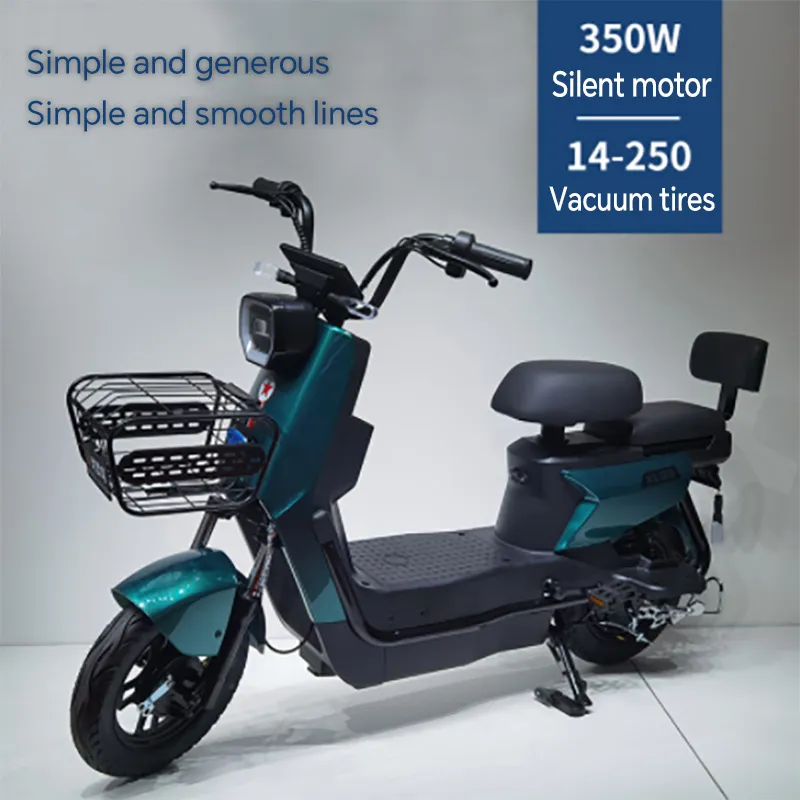
- Afrikaans
- Albanian
- Amharic
- Arabic
- Armenian
- Azerbaijani
- Basque
- Belarusian
- Bengali
- Bosnian
- Bulgarian
- Catalan
- Cebuano
- Corsican
- Croatian
- Czech
- Danish
- Dutch
- English
- Esperanto
- Estonian
- Finnish
- French
- Frisian
- Galician
- Georgian
- German
- Greek
- Gujarati
- Haitian Creole
- hausa
- hawaiian
- Hebrew
- Hindi
- Miao
- Hungarian
- Icelandic
- igbo
- Indonesian
- irish
- Italian
- Japanese
- Javanese
- Kannada
- kazakh
- Khmer
- Rwandese
- Korean
- Kurdish
- Kyrgyz
- Lao
- Latin
- Latvian
- Lithuanian
- Luxembourgish
- Macedonian
- Malgashi
- Malay
- Malayalam
- Maltese
- Maori
- Marathi
- Mongolian
- Myanmar
- Nepali
- Norwegian
- Norwegian
- Occitan
- Pashto
- Persian
- Polish
- Portuguese
- Punjabi
- Romanian
- Russian
- Samoan
- Scottish Gaelic
- Serbian
- Sesotho
- Shona
- Sindhi
- Sinhala
- Slovak
- Slovenian
- Somali
- Spanish
- Sundanese
- Swahili
- Swedish
- Tagalog
- Tajik
- Tamil
- Tatar
- Telugu
- Thai
- Turkish
- Turkmen
- Ukrainian
- Urdu
- Uighur
- Uzbek
- Vietnamese
- Welsh
- Bantu
- Yiddish
- Yoruba
- Zulu
Jan . 01, 2025 08:22 Back to list
Tips for Adjusting Your Mountain Bike's Rear Derailleur for Better Performance
How to Adjust Your Rear Derailleur on a Mountain Bike
Adjusting your rear derailleur can seem daunting, but with a bit of patience and knowledge, you can enhance your mountain biking experience significantly. The rear derailleur is crucial for smoothly shifting gears, ensuring you have the right level of resistance while climbing hills or speeding down trails. Here’s a step-by-step guide to help you adjust your rear derailleur effectively.
Tools You Will Need
Before you begin, gather the necessary tools - A Phillips screwdriver. - Allen wrenches. - A bike stand (optional, but helpful). - A chain checker (to assess wear).
Understanding the Rear Derailleur
The rear derailleur consists of several components the tension spring, the pulley wheels, and limit screws. The limit screws control how far the derailleur can move, thus preventing the chain from dropping off the sprockets. Adjusting these components will optimize your gear shifts.
Step 1 Inspect the Derailleur and Chain
Before making adjustments, inspect your derailleur for any visible damage or excessive wear. Ensure your chain is correctly lubricated and not stretched. A worn chain can affect shifting performance, necessitating a replacement.
Step 2 Set the Limit Screws
Locate the two limit screws marked as H (high) and L (low) on your derailleur. The H screw controls how far the derailleur can move towards the smallest cog (highest gear), while the L screw limits movement towards the largest cog (lowest gear).
how to adjust your rear derailleur on a mountain bike

1. Adjust the High Limit Screw Shift your bike into the smallest chainring (front) and the smallest rear cog. The chain should be on the smallest cog without rubbing against the derailleur. If it is rubbing, turn the H screw clockwise to tighten it. If the chain does not reach the smallest cog, turn it counterclockwise to loosen. 2. Adjust the Low Limit Screw Shift your bike into the largest chainring and the largest rear cog. The chain should not rub against the derailleur here either. If it does, turn the L screw clockwise. If the derailleur does not reach the largest cog, turn the screw counterclockwise.
Step 3 Adjust the B-Tension Screw
The B-tension screw is responsible for adjusting the distance between the top pulley of the derailleur and the cogs. When the derailleur is properly set, the gap should be about 5-6 mm when in the largest cog. Adjust this screw by turning it clockwise to increase tension or counterclockwise to loosen it, ensuring smooth shifting performance.
Step 4 Fine-Tune the Cable Tension
If your shifts are still not seamless, you may need to adjust the cable tension. Shift your bike to the middle cog and use the barrel adjuster located on the derailleur or shifter. Turn the adjuster clockwise to increase tension or counterclockwise to reduce it. Aim for smooth, precise shifts when cycling through the gears.
Step 5 Test Your Adjustments
After making these adjustments, test your bike on a flat surface. Shift through all the gears to ensure everything operates smoothly and without skipping. Pay particular attention to shifts at the extremes—the smallest and largest cogs—as these are often where issues arise.
Conclusion
Adjusting your rear derailleur is an essential skill for every mountain biker, enhancing both performance and reliability on the trails. Regular maintenance can keep your bike in premium condition, ensuring enjoyable and efficient rides. If you encounter persistent issues after your adjustments, consider consulting a professional bike mechanic for further evaluation. Enjoy your ride!
-
The Ultimate Kids' Four-Wheeler Experience
NewsJul.09,2025
-
The Ultimate Guide to Mountain Bikes: Gear Up for Your Ride
NewsJul.09,2025
-
The New Age of Cycling: Electric Bikes for Every Rider
NewsJul.09,2025
-
The Best Kids Bicycles: Ride in Style and Safety
NewsJul.09,2025
-
The Best 3-Wheel Scooters for Kids: Fun, Safety, and Adventure
NewsJul.09,2025
-
Revolutionize Your Ride: Affordable Electric Bikes
NewsJul.09,2025
-
Finding the Perfect Mountain Bike for Every Rider
NewsJul.09,2025



